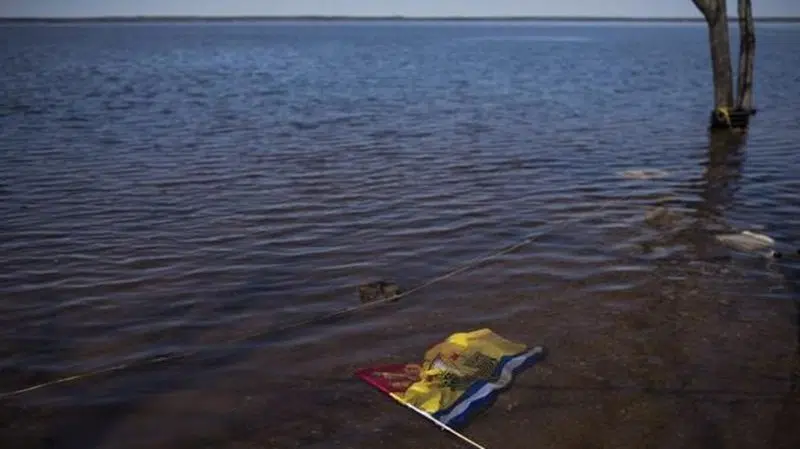
Wetlands, forests can help cities save millions in climate adaptation costs:study
HALIFAX — As Canadian communities brace for rising risks of spring flooding related to climate change, a non-profit group has published findings suggesting preserving wetlands and forests can be key to reducing adaptation costs.
The Municipal Natural Assets Initiative released its second set of results recently on how forests, creeks, wetlands, ponds and other natural features help cities avoid costly infrastructure projects.
The approach has been applied to the New Brunswick communities of Florenceville-Bristol, Riverside-Albert, and Riverview; Oshawa, Ont. and the district of Sparwood and City of Courtenay in British Columbia.
The report dated Feb. 21 estimates savings ranging from $200,000 to $414 million for preserving or improving so-called “natural assets,” with results including improved drainage of stormwater and purification of drinking water.


